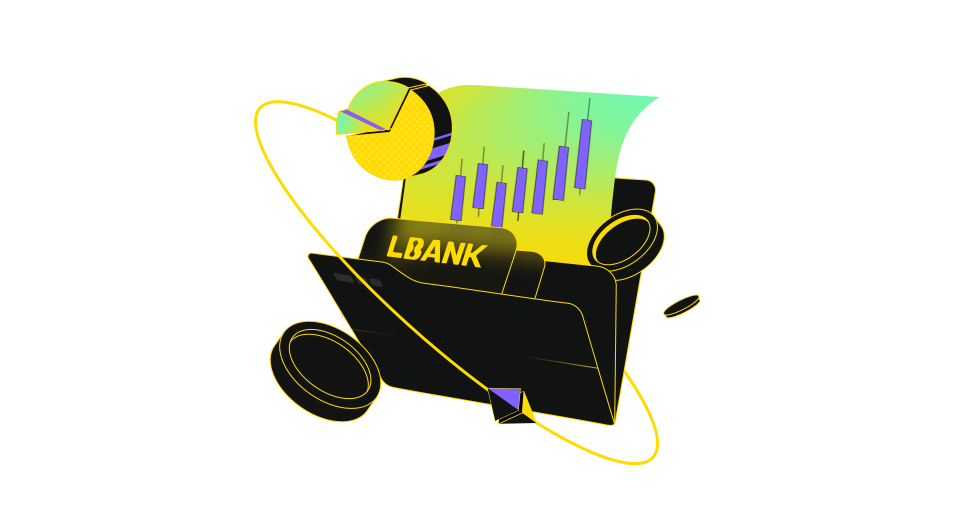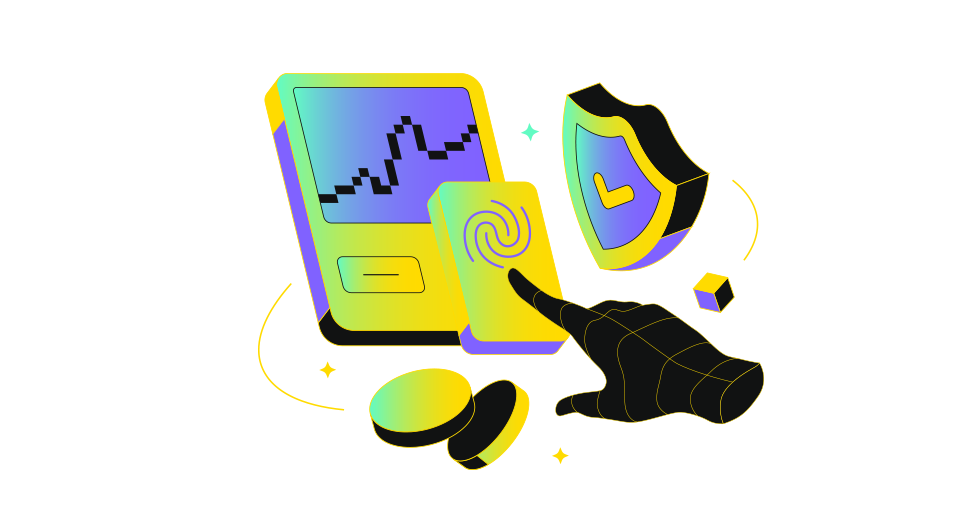What Is Stacking ADA?
Stacking ADA, commonly referred to as
staking Cardano (ADA), is a fundamental process in the Cardano blockchain ecosystem. It involves locking up ADA tokens in a compatible wallet to participate in network validation, ensuring transaction security and blockchain integrity. Unlike proof-of-work (PoW) systems like Bitcoin, Cardano uses a proof-of-stake (PoS) consensus mechanism, making staking a more energy-efficient and accessible way for users to contribute to network operations while earning rewards.
How Does Stacking ADA Work?
The staking process on Cardano is designed to be straightforward yet secure, leveraging the network’s Ouroboros protocol. Here’s a step-by-step breakdown of how it functions:
1. Token Lockup
To begin staking, users must hold ADA in a wallet that supports staking, such as Daedalus or Yoroi. The tokens are not physically locked but are committed to the staking pool, meaning they cannot be traded or spent while staked.
2. Validator Selection
Cardano’s Ouroboros protocol randomly selects validators (also called stake pool operators) to create new blocks and validate transactions. The selection process is weighted by the amount of ADA staked—users with larger stakes have a higher chance of being chosen, but the system ensures decentralization by incorporating randomness.
3. Block Production and Validation
Selected validators are responsible for producing new blocks and verifying transactions. Their role is critical in maintaining the blockchain’s security and efficiency.
4. Reward Distribution
Validators earn rewards in ADA for their participation, which are distributed proportionally to all stakers in the pool. Rewards come from transaction fees and newly minted ADA, incentivizing long-term network participation.
Key Features of Stacking ADA
Staking Period
Cardano’s staking operates in epochs, each lasting five days. Rewards are calculated at the end of each epoch, and users typically see payouts after a short delay (around 15–20 days initially).
Decentralization and Fairness
The Ouroboros protocol ensures that no single entity can dominate the validation process. Even smaller stakers can participate effectively by delegating their ADA to stake pools, which aggregate tokens to increase the chances of being selected.
Security
Staking enhances network security by aligning incentives. Validators and delegators are motivated to act honestly, as malicious behavior could lead to penalties or loss of staked funds.
Recent Developments in ADA Stacking
1. Ouroboros Upgrades
In 2023, Cardano introduced the Ouroboros Improvement Proposal (OIP) to optimize validator selection and reduce latency. This upgrade improved network scalability and transaction throughput.
2. Simplified Staking Services
Many cryptocurrency exchanges (e.g., Binance, Kraken) and platforms now offer delegated staking services, allowing users to stake ADA without managing their own wallets. This has lowered the barrier to entry for beginners.
3. Regulatory Clarity
Governments worldwide are gradually defining regulations for staking activities. While some regions treat staking rewards as taxable income, others are still formulating policies. Users should stay informed about local laws to ensure compliance.
Potential Risks and Challenges
Market Volatility
The value of ADA fluctuates with market conditions. A significant price drop could reduce the appeal of staking rewards, especially if the earned ADA depreciates in value.
Regulatory Uncertainty
Changing regulations could impose restrictions on staking, such as licensing requirements for stake pool operators or tax reporting obligations for users.
Security Concerns
While Cardano’s PoS system is secure, users must safeguard their wallets and private keys. Delegating to untrustworthy stake pools or falling for phishing scams could result in lost funds.
Conclusion
Stacking ADA is a cornerstone of the Cardano blockchain, offering users a way to earn passive income while supporting network security and decentralization. By staking ADA, participants contribute to a sustainable and scalable ecosystem, distinct from energy-intensive PoW blockchains. However, stakers should remain aware of market risks, regulatory changes, and security best practices to maximize their benefits. As Cardano continues to evolve, stacking ADA will likely play an even greater role in the future of decentralized finance (DeFi) and blockchain innovation.
For beginners, starting with small amounts and using reputable wallets or staking services is a practical way to explore ADA stacking safely. With its low entry barriers and robust rewards system, Cardano staking is an attractive option for both new and experienced cryptocurrency enthusiasts.



